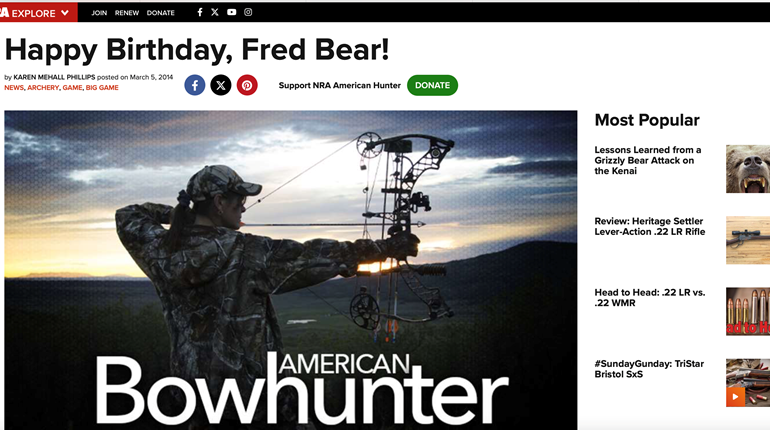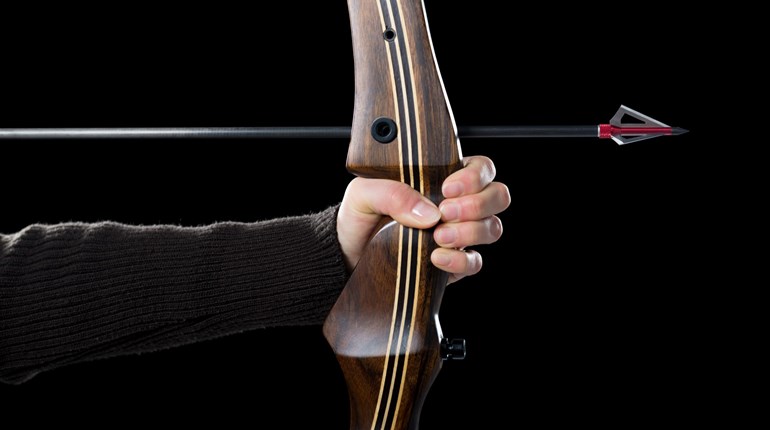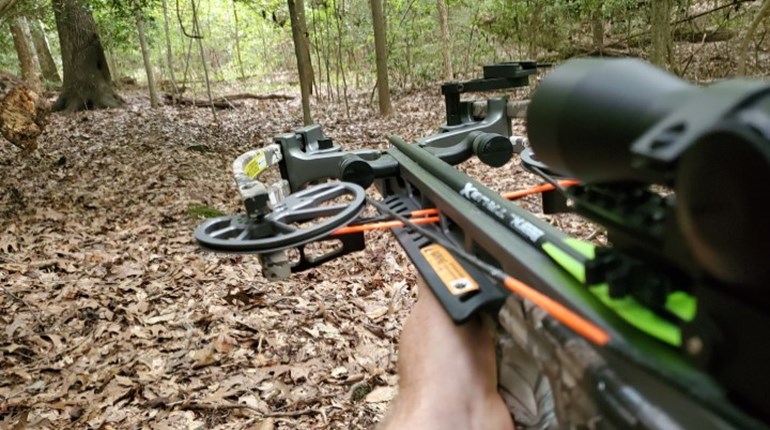
Shot-selection advice and consensus about what represents ethical shots at big game has not changed much in the past three decades, but the equipment we use definitely has. So does the old set of rules still apply? I am just a bowhunter at heart, trying to make the best decisions that balance success with respect of the animals I hunt. I don’t want to wound game, that’s the bottom line, but if I can cleanly kill them with a wider range of shots, I want to understand those shots.
Maximum Range
When I first started bowhunting, everyone preached “20 yards and in.” A long shot was 30 yards. But a lot has changed in the past 30 years. People are shooting a lot farther now. Have our equipment and abilities really changed so much that our ethical maximum range has increased?
I don’t think 50 yards is the new 20, but I do think our bows, arrows and accessories have given us the possibility—with diligent practice—to be more accurate at longer distances. This is due to three things.
First, we now have laser rangefinders that take the guesswork out of distance estimation. Second, today’s bows are faster and more powerful. They produce flatter trajectories and much more kinetic energy than bows from prior generations. Third, the bows and arrows are more precise. Each year, bows move a small step closer to perfection, and after three decades, all those small steps have added up to a good-sized leap in capability. Also, arrows are straighter and more consistent today than they were 30 years ago.
In total, we definitely can be more accurate today. I think most bowhunters today can shoot as well at 25 or 30 yards as the average bowhunter shot at 20 yards three decades ago. I think it is realistic to take slightly longer shots now, assuming the animal is relaxed and not apt to move.
Shot Angle
With the greater energy produced by today’s bows and the improved penetration of today’s small-diameter arrows, is shot-selection criteria becoming outdated? With broadheads that cut 2 inches, can we make quick kills without making perfect shots?
Under the right conditions, there is a small bit more latitude in shot selection now than there was many years ago. But it is very minor at best. I have killed 10 deer-sized animals over the years with pure frontal shots. I am not talking about elk or moose here, but mule deer, whitetails and caribou. In each case, the arrow passed completely through the animal and brought it to the ground very quickly. I have also taken some heat for it when the shots appeared on videos.
When you think about it, with a well-placed shot from one of today’s high-energy bows and a broadhead and arrow combination selected for penetration, I am getting at least one lung, the liver and the paunch. That’s taking out a lot of organs in one pass. Of course, this is not a good choice for bowhunters using low poundage bows, or taking long shots. But at 15 yards, with a powerful bow (70 pounds is a reasonable minimum), this is a devastating hit. So, in the right situations, this is ethical.
Some people tell of paunch shots that result in very fast kills using the latest large-cutting-diameter broadheads. But I can’t see where a large head would change my shot-selection decisions. If anything, I might have passed up the few frontal shots I have taken. At best, a large head would turn a paunch hit into a quicker kill. While that is a good thing, it’s not enough for me to abandon a rig geared for penetration. I don’t think large cutting heads offer us a shot-selection advantage. The best shot is in the vitals.
Conclusion
My shots today average 5 yards longer than they did 30 years ago. The problem, however, is that the longer the shot, the more the animal is able to move, resulting in a poor hit. Wind is also a big factor. For this reason, 40 yards is a long shot for me.
Without question, today’s equipment (when combined with diligent practice) makes us more efficient killers. With this efficiency comes the opportunity to shoot farther and drive the arrow deeper. But the edge this gives us is only small and requires judgment born of experience. Bowhunting is still a short-range sport.




































